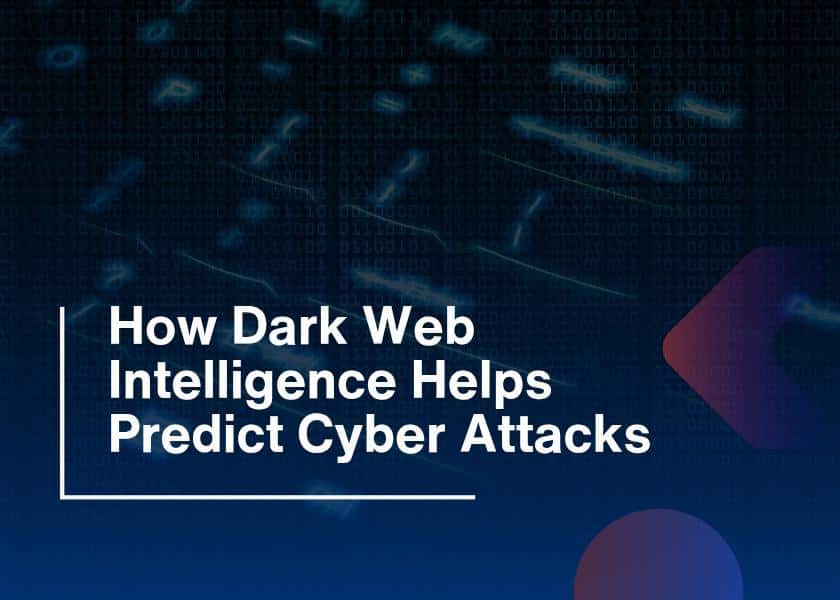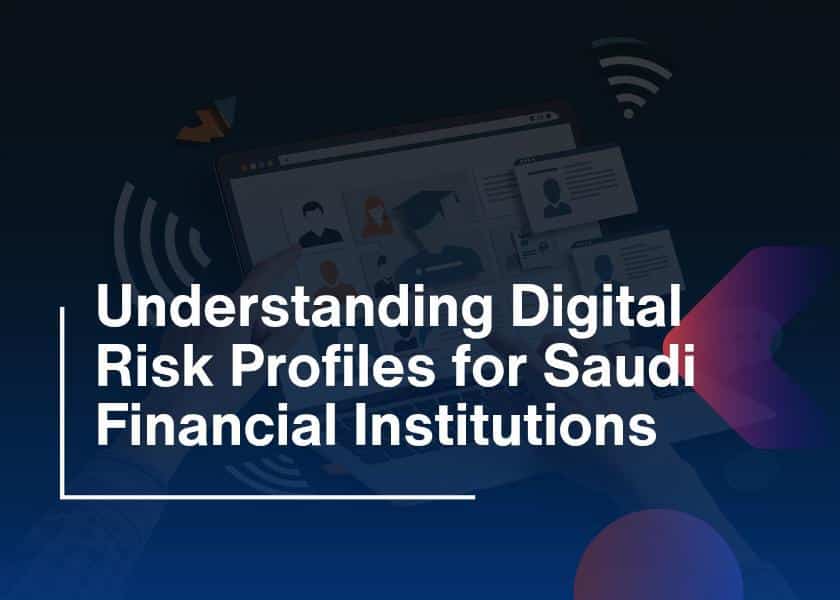In the intricate tapestry of the digital world, where subtleties can become the battleground for cyber threats, homoglyphs with ITButler emerge as seemingly innocent characters with the potential for significant mischief. In this exploration, we delve into the world of homoglyphs, understanding their nuances, the associated cyber risks, and how ITButler e-Services, your trusted cybersecurity partner, can guide organizations in fortifying their digital defenses against these subtle yet potent attack vectors.
Understanding the Examples of Homoglyphs
Homoglyphs, or characters with visual similarities, can be deceptive tools for cyber attackers. The subtle differences between characters, such as the Latin letter “a” and the Cyrillic character “а,” become potent when exploited in phishing, identity deception, and document tampering.
Attack Vectors Exploiting Homoglyphs
1. Phishing Attacks: Homoglyphs are prominent in phishing attacks, where attackers craft deceptive emails or websites to imitate legitimate entities. By substituting characters with visually similar homoglyphs, cybercriminals create authentic URLs or email addresses, aiming to trick users into divulging sensitive information.
2. Domain Spoofing: Domain spoofing, a common tactic in cyber attacks, uses homoglyphs to create fake domains, mimicking legitimate ones. With characters indistinguishable from their authentic counterparts, attackers deceive users into believing they interact with trustworthy websites.
3. Username Spoofing: In social engineering attacks, homoglyphs can be leveraged to create fake accounts with usernames that closely resemble legitimate ones. This technique allows attackers to impersonate individuals or organizations for malicious purposes.
4. Document Tampering: homoglyphs with ITButler contribute to document tampering, enabling attackers to create fraudulent versions of official documents. By replacing characters with visually similar homoglyphs, cybercriminals manipulate document content to deceive recipients.
What is an example of a Homoglyph?
An illustrative example of a homoglyph is the English letter “e” and the Lithuanian character “ė.” Visually similar, these characters can be indistinguishable from the untrained eye, becoming powerful tools for attackers seeking to create deceptive elements in their campaigns. **Cyber Risks Associated with Homoglyphs:
- Identity Deception:
The deceptive nature of homoglyphs poses a significant risk in identity deception. Users may fall victim to impersonation, believing they are interacting with a legitimate entity when, in reality, they are engaging with a malicious actor.
- Data Theft and Phishing:
Phishing attacks utilizing homoglyphs can lead to the theft of sensitive data. Attackers can lure individuals into providing login credentials, financial information, or other confidential data by creating fake websites or emails that closely resemble trusted entities.
- Brand Impersonation:
homoglyphs with ITButler play a role in brand impersonation, where attackers create fake domains or social media accounts that mimic well-known brands. This can damage the reputation of the targeted brand and erode customer trust.
- Document Fraud:
In document tampering, homoglyphs contribute to fraudulent manipulations. Attackers may alter the content of documents to deceive individuals or organizations, leading to potential legal or financial consequences.
Mitigating Cyber Risks with IT Butler’s Expertise:
As cyber risks evolve, organizations turn to professional services specializing in cybersecurity to mitigate potential threats associated with homoglyphs proactively. ITButler e-Services, as your trusted cybersecurity partner, plays a crucial role in fortifying digital defenses through tailored strategies:
- Vulnerability Assessments
IT Butler conducts thorough vulnerability assessments to identify potential weaknesses related to homoglyph-based attack vectors. By understanding the organization’s risk landscape, tailored mitigation strategies are developed.
- Phishing Simulations and Training
Regular phishing simulations and training programs are essential to IT Butler’s professional services. These exercises help educate users on recognizing homoglyph-based phishing attempts and enhance their ability to identify deceptive elements in emails or websites.
- Incident Response Planning
IT Butler assists organizations in developing robust incident response plans that specifically address homoglyph-related threats. This ensures a swift and effective response during a security incident.
- Continuous Monitoring
Ongoing monitoring is a key aspect of IT Butler’s cybersecurity services. By continuously assessing the digital environment, IT Butler helps detect and respond to emerging threats, including those leveraging homoglyphs for deceptive purposes.
Empowering Organizations with Cybersecurity Excellence
In the intricate dance of cybersecurity, where every character and detail matters, homoglyphs with ITButler are subtle yet potent tools for cyber attackers. The risks associated with these deceptive characters extend across various attack vectors, from phishing campaigns to document tampering.
To navigate these cyber risks effectively, organizations turn to professional services, and in this realm, IT Butler emerges as a beacon of expertise. With a focus on vulnerability assessments, training, incident response planning, and continuous monitoring, IT Butler empowers organizations to fortify their digital defenses against evolving threats.





